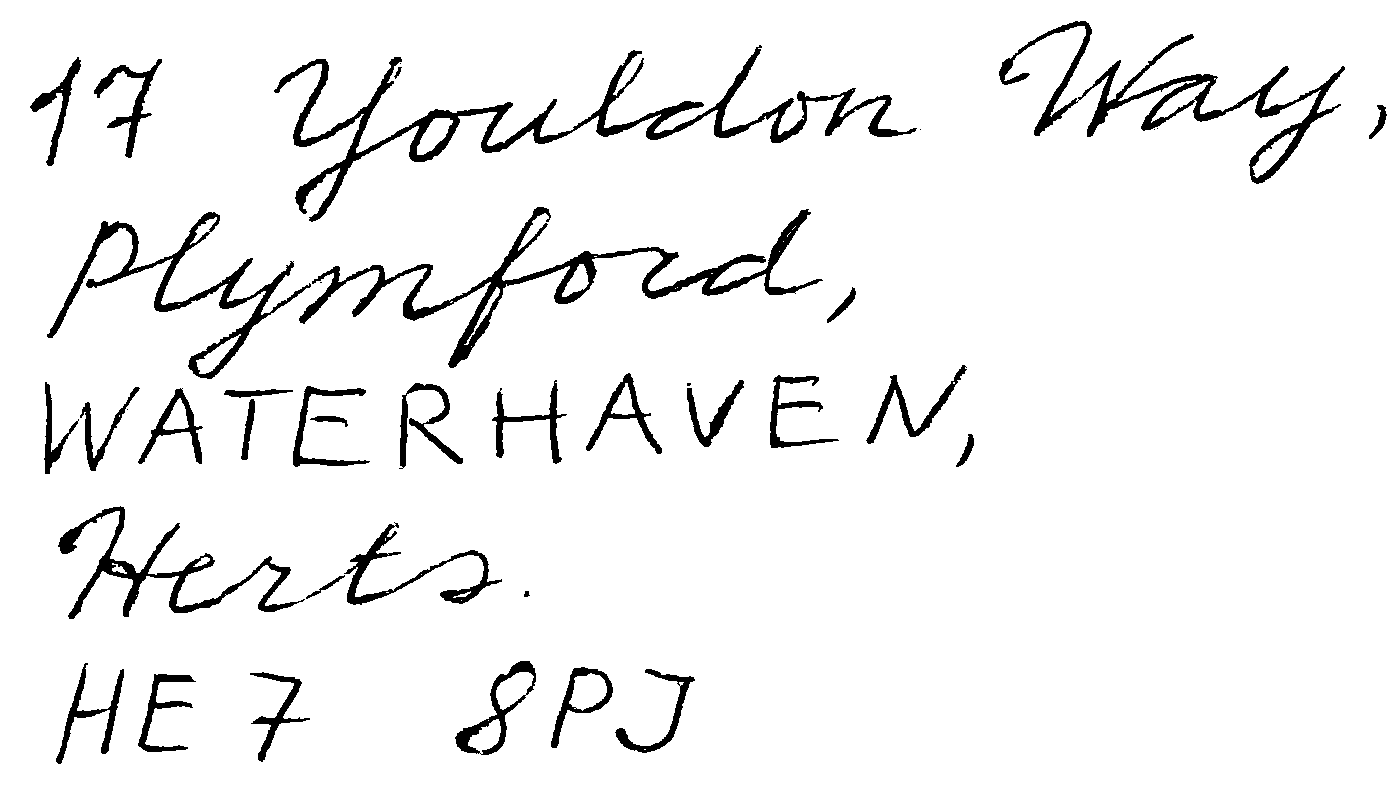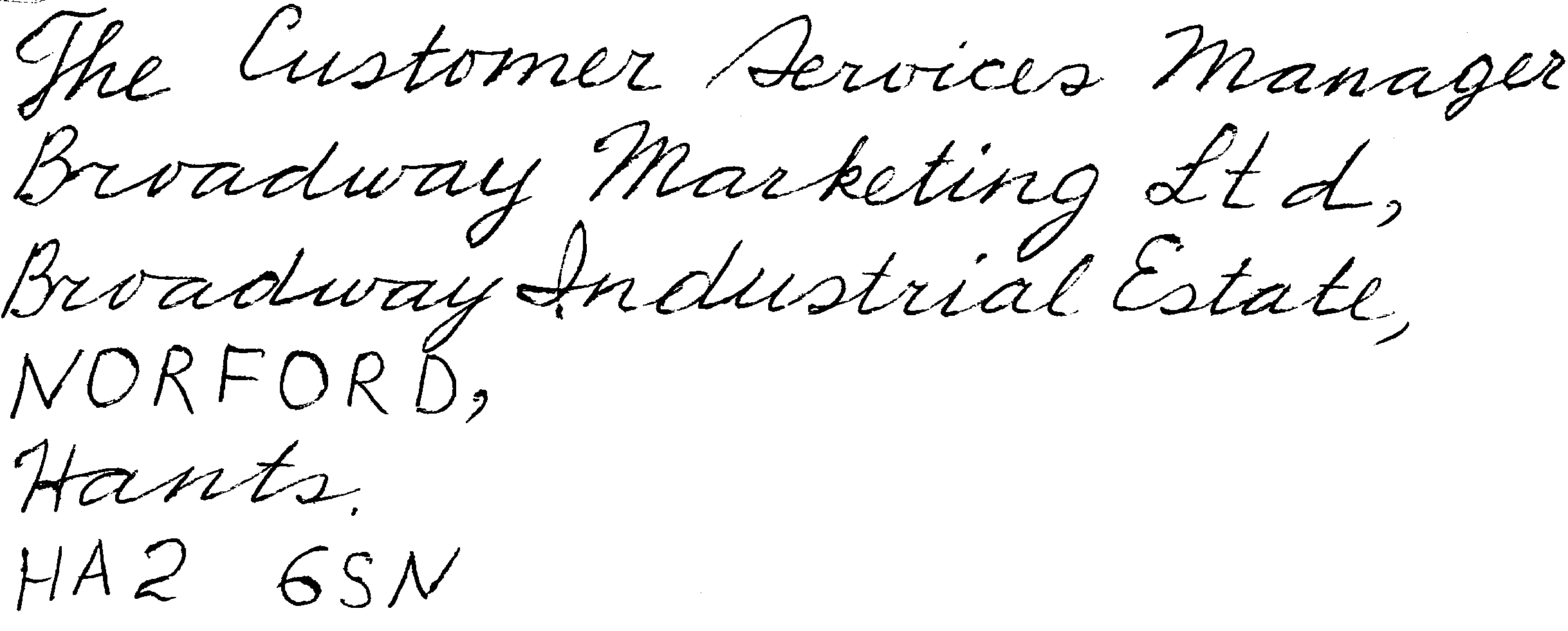
- •Ділова іноземна мова (англійська мова) методичні вказівки
- •0305 Економіка та підприємництво,
- •0306 Менеджмент і адміністрування
- •6.050202 Автоматизація та комп’ютерно-інтегровані технології
- •Київ нухт 2010
- •Module 1 Job Search Process
- •Vocabulary
- •1. The recruitment process
- •The recruitment process
- •2 Job Search Process
- •What is the Job Search Process?
- •How Much Time Will the Job Search Take?
- •What Do You Need to Know Before You Start?
- •What Are the Steps of the Job Search Process?
- •1) Values
- •2) Interests
- •3) Skills
- •My transferrable skills and how I can use them
- •1) Pursue Advertised Vacancies
- •2) Develop a Contact Network
- •3) Contact Employers Directly
- •Tips for contacting employers
- •What Job Search Techniques Work?
- •Should You Keep a Record of Your Search?
- •Language Development Exercise 1. Reading for meaning What are employers looking for?
- •J ob Search
- •Exercise 3. Applying for a job
- •Vocabulary
- •Vocabulary
- •Vocabulary
- •Unit 2 Job Interview
- •Fay needs advice from Jerry on how to succeed at a job interview in English
- •2. Preperation
- •1) Researching Employers
- •2.) Interview Questions
- •3. Job Interview
- •1) The beginning of the interview
- •2) During a Job Interview
- •3) The end of the interview
- •4) After the Interview
- •Language Development
- •Vocabulary
- •How you look and behave at an interview can sometimes be even more important than what you say! There are lots of things you can do to make a good impression on interviewers.
- •Vocabulary
- •Vocabulary
- •Vocabulary
- •Module 2 Main Business Documents Unit 1 Resume/cv
- •A resume or cv
- •A Cover(ing) Letter
- •Types of Résumés
- •Constructing Your Résumé
- •Full Name
- •Sample Chronological Résumé
- •Sample Functional Résumé
- •Sample Combination Résumé
- •Curriculum Vitae
- •European cv's have varying formats. Each European country has different recruitment practices, but all use cv's instead of résumés. The uk cv comes closest to the American résumé.
- •British And American English
- •Example of cv
- •Curriculum vitae
- •Interests
- •Résumé Checklist
- •Language Development
- •Compiling a cv
- •Vocabulary
- •Vocabulary
- •Vocabulary
- •Unit 2. Application Form
- •Completing an application form
- •Unit 3 Business Letter – General Overview
- •Business Letter Template
- •Some notes on business letters.
- •The writer's address
- •The reference
- •The subscription (complimentary close)
- •The signature
- •The designation
- •Language development
- •5 High Street
- •2 Elm Avenue
- •66 Grimshaw Gardens
- •1. Answer the following questions.
- •What is a format of a Cover Letter?
- •What makes a good Cover Letter?
- •Language Development
- •1. Letter Content
- •2. Useful phrases
- •Vocabulary
- •Look at the following tips for writing Cover Letters. Decide whether the following tips for writing Cover Letters are true or false.
- •Vocabulary
- •Unit 5 Reference Letters/Letters of Recommendation
- •Reference Letter Template
- •Sample Letter of Recommendation
- •Letters of Enquiry/Request
- •1) General information
- •2) Conventions
- •1. Structure
- •2. Layout
- •Sample Enquiry Letter/Request Letter
- •3. Frequently made mistakes!
- •Language Development
- •Answer Letter (Responding to Inquiries and Requests for Information)
- •Important Language to Remember
- •Sample Answer Letter
- •Language development
- •Unit 7 Letter of Complaint/Complaint(s) Letter and Apology Letter Letter of Complaint/Complaint(s) Letter
- •Write concise letters
- •Authoritative complaints letters have credibility and carry more weight
- •Complaints letters must include all the facts
- •Constructive letters and suggestions make complaints easier to resolve
- •Write letters with a friendly and complimentary tone
- •Where should you send letters of complaints?
- •Complaint Letter Template
- •Sample Complaint Letter
- •Summary Writing a Complaint Letter…
- •Language Development The Grammar of 'Complain'
- •4. Salutation:
- •9. Final Paragraph
- •Apology Letter
- •Apology Letter Template
- •Sample Apology Letter
- •Unit 8 Fax
- •Important Language to Remember
- •Sample Fax
- •Language development
- •Unit 9 e-mail
- •Important Language to Remember and Notations
- •Sample emails
- •Language Development
- •Email Workshop Questions
- •Unit 10 Memo
- •Information segment
- •Important Language to Remember
- •Sample Memo
- •Language Development
- •Module 3 Business Plan
- •Writing your Business Plan
- •The Executive Summary (Business Description)
- •Identifying your Business Opportunity
- •Marketing and Sales Strategy of a Business Plan
- •Your Team
- •Operations
- •Financial Forecasts of a Business Plan
- •Other Useful Information
- •Summary
- •Module 4 Contract
- •Essential Clauses of Contract
- •Vocabulary
- •Payment
- •Vocabulary
- •Transport and Delivery Terms
- •The Fourteen Incoterms
- •Vocabulary
- •Packing and Marking
- •Extract from a contract
- •Packing
- •Extract from a contract
- •Marking
- •Voabulary
- •Insurance of Goods
- •Vocabulary
- •Force Majeure
- •Vocabulary
- •Claims and Sanctions
- •Vocabulary
- •Contract for Sending Specialists Abroad Контракт на відрядження фахівців
- •Контракт на експорт товарів Contract for the Export of Goods
- •Контракт №
- •Contract No.
- •5. Packing and marking
- •6. Payment
- •7. Advice of shipment and shipping instructions
- •8. Inspection and tests
- •9. Guarantee and claims
- •10. Contingencies
- •11. Penalty
- •12. Arbitration
- •13. Other terms and conditions
- •5. Упаковка і маркування
- •6. Платіж
- •7. Повідомлення про відвантаження і відвантажувальні інструкції
- •8. Випробування і перевірка
- •9. Гарантії і претензії
- •10. Непереборна сила
- •11. Санкції
- •12. Арбітраж
- •13. Інші умови
- •14. Юридичні адреси сторін
- •Contract for the Purchase of Consumer Goods Контракт на покупку товарів народного споживання
- •Контракт №
- •Bill of lading №
- •1. Subject of the contract
- •2. Obligations of the parties
- •2.1. The uscts shall be obliged to:
- •2.2. The Customer shall be obliged to:
- •3. Time and terms of providing services
- •4. Delivery and acceptance of the goods
- •5. Price and total value of the contract
- •6. Sanctions
- •7. Arbitration
- •8. Validity of agreement
- •Contract for sale of goods
- •Contract
- •1. Subject of the Contract
- •2. Prices and Total Value of the Contract
- •3. Time of Delivery
- •4. Terms of Payment
- •5. Technical Documentation
- •6. Guarantee of the Quality of the Equipment.
- •7. Packing
- •8. Marking
- •9. Shipping Instructions and Notifications
- •10. Insurance
- •11. Sanctions
- •12. Force Majeure
- •13. Arbitration
- •14. Other Terms
- •Letter of Complaint/Complaint(s) Letter 99
- •Ділова іноземна мова
- •Методичні вказівки
- •0305 Економіка та підприємництво,
- •0306 Менеджмент і адміністрування та напрямів підготовки
- •6.050101 Комп’ютерні науки та 6.050202 Автоматизація та
The writer's address
a It is normal practice for the name of the individual sending the letter to appear at the beginning of this address.
b If a house number is used, it is not necessary to put a comma between this and the street number. Avoid abbreviations such as St. (Street), Ave (Avenue), and Rd. (Road).
c There should be a comma at the end of each line, except for the last line before the postcode. A full stop is used here.
d No punctuation is required in the postcode.
e In handwritten letters the address should be printed completely in capital letters. However, it is acceptable to use printed capitals for the name of the town.
f If a house name is used instead of, or in addition to, a number, this name is written on a separate line (for typed letters too)
g If
there is a recognized abbreviation for the country, this can be used,
( the same is for typed letters), e.g.
If
there is a recognized abbreviation for the country, this can be used,
( the same is for typed letters), e.g.
The reference
a In a typed letter from a firm, this should contain the initials of the person authorizing (dictating) the letter and those of the typist. Sometimes other symbols are used to help with identification e.g. document code.
b In a handwritten letter a reference is not normally required unless this is quoted from some previous communication related to the subject of your letter. In this case it should be written as 'Your Ref.' and positional at the left-hand margin.
c Some
printed letters heads have spaces for 'Our Ref.' and 'Your Ref.' This
is self-explanatory, but the writer’s reference should always be
placed at the left-hand margin, e.g.
Some
printed letters heads have spaces for 'Our Ref.' and 'Your Ref.' This
is self-explanatory, but the writer’s reference should always be
placed at the left-hand margin, e.g.
The date
a Present the date in the correct order – day, month and year.(NB! Am.E – month, date and year)
b The only standard punctuation necessary in the date is the comma after the month.
c There is no full stop after endings used with the day numbers such as 1st, 2nd, 3rd, 4th.
Dates can be expressed in a variety of ways: 2 November 1995; 2.11.95; 2 Nov. '95; November 11th 1995; November 11 1995.
The recipient’s address.
a The same punctuation rules apply here as for the sender's address.
b The name of the person (or his/her official title) should be included. A clergyman should be addressed as The Rev John Smith, or The Rev Mr. Smith. A Member of Parliament should be addressed as Mary Jones MP.
e .g.
.g.
The salutation
a The standard beginning to a business letter is
Dear Sir, but others are used in certain circumstances:
Dear Sirs, when the letter is addressed to a partnership;
Dear Madam, whether a woman is single or married;
Mesdames, when a partnership consists of women only.
b The first letter of each word should begin with the capital letter.
c The salutation should be followed by a comma.
The main body of the letter
This is the most important part of the letter, because it contains the message. Bear in mind that effective communication should be as simple as possible. Therefore,
a Don't include any unnecessary information.
b Express yourself as concisely as possible.
c Start a new paragraph for each point you wish to make.
d Confirm to all standard punctuation and grammar rules.
NOTE. Many business letters fall easily into the framework of a three-paragraph plan, which can be generally summarized as:
Paragraph 1 Introduction: this can be an acknowledgement, a reference to previous communication, or any generally informative statement which introduces your main theme.
Paragraph 2 Specific information (facts/reasons).
Paragraph 3 Reference to further action/conclusion.
